
Welcome to Healthy South Dakota!
Eating smart and being active are two of the best ways to improve our health. Even small changes can have immediate benefits. We’re here to provide information and inspiration as you explore all the ways you can live better and grow stronger!
Healthy eating doesn’t have to be hard or expensive. Just 5 servings of fruit and vegetables every day will do the trick! Learn more about dietary guidelines and how to pack your plate with more fruits and veggies.



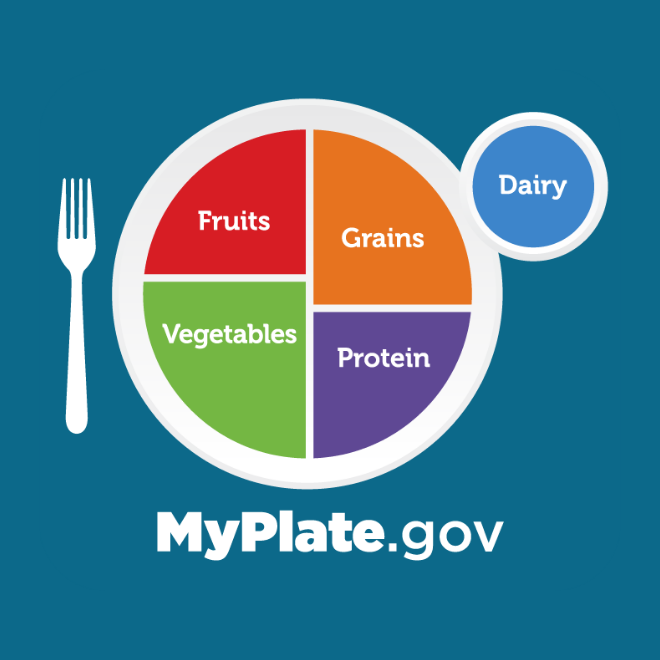
Physical activity is one of the best stressbusters around! Even 10 minutes of movement can help you reset. Find creative ways to make it part of your routine and ideas to help you add a little physical activity to every day!

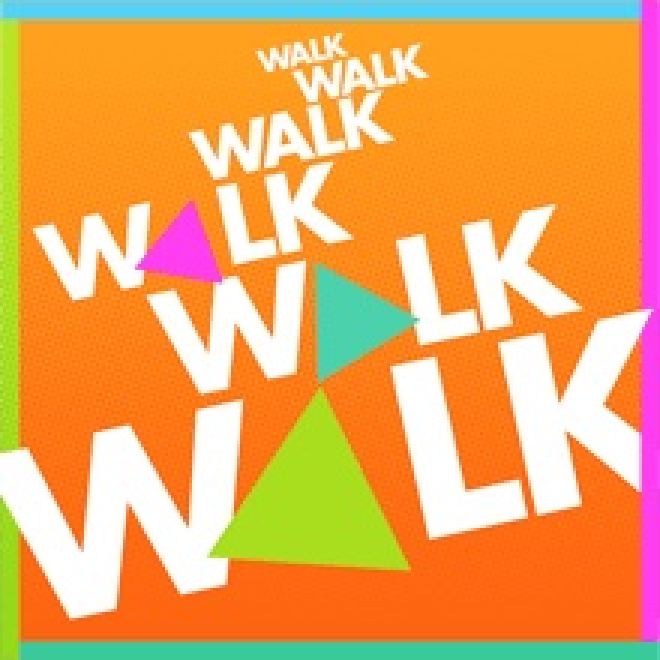
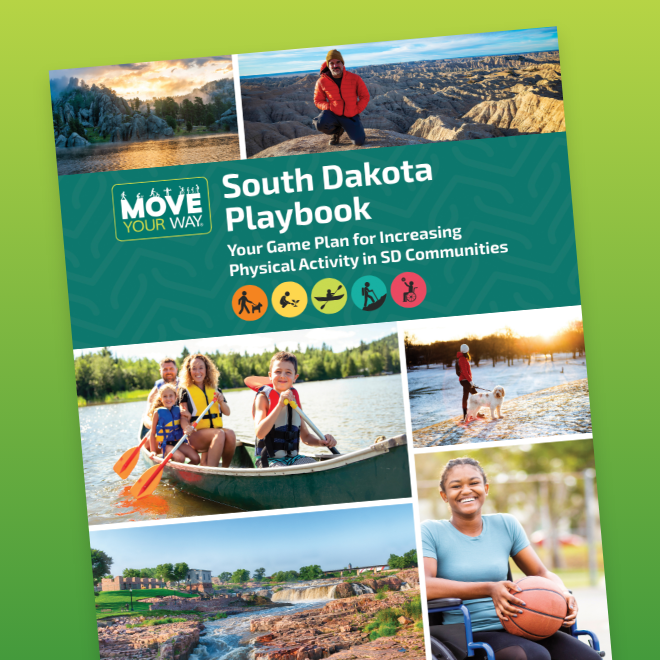
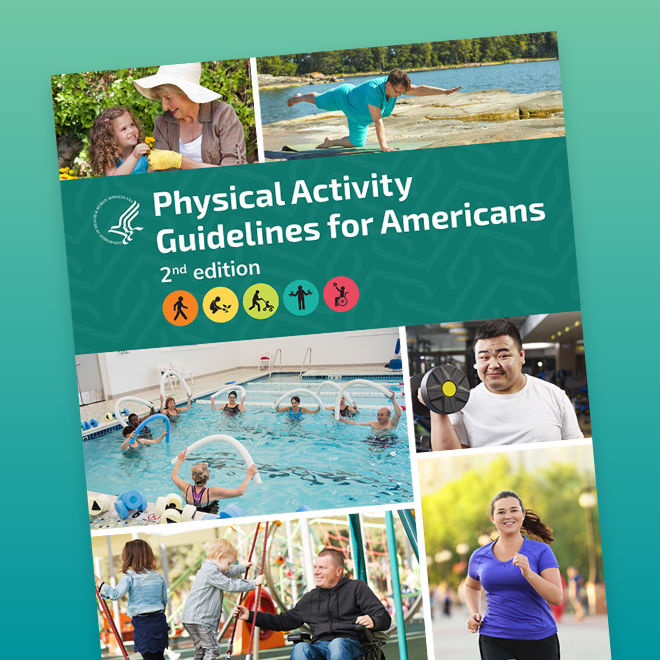
There are many layers to wellness but practicing healthy habits to impove physical and mental health are at the core of achieving true wellness. Find out more about the different dimensions of wellness and how they are linked to health.


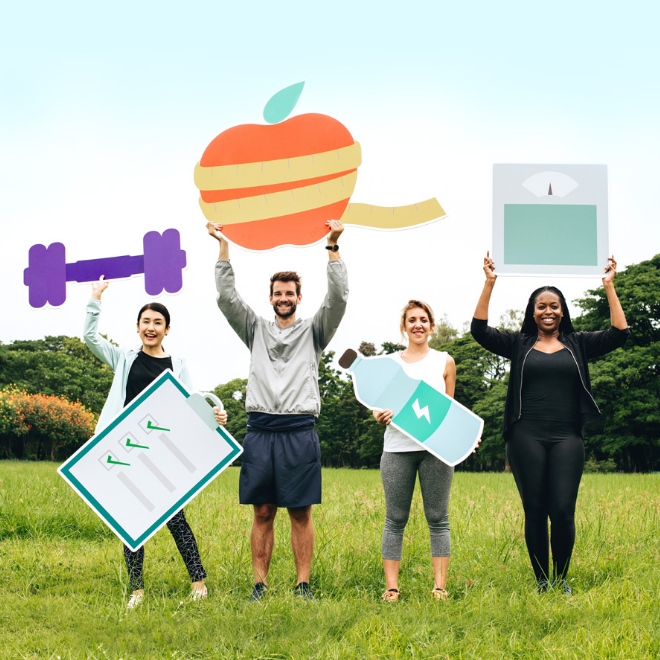

Workplace wellness programs improve health and reduce chronic disease. Employers increase productivity and boost their bottom line. Employees learn healthy habits and have better morale—it’s a win-win!
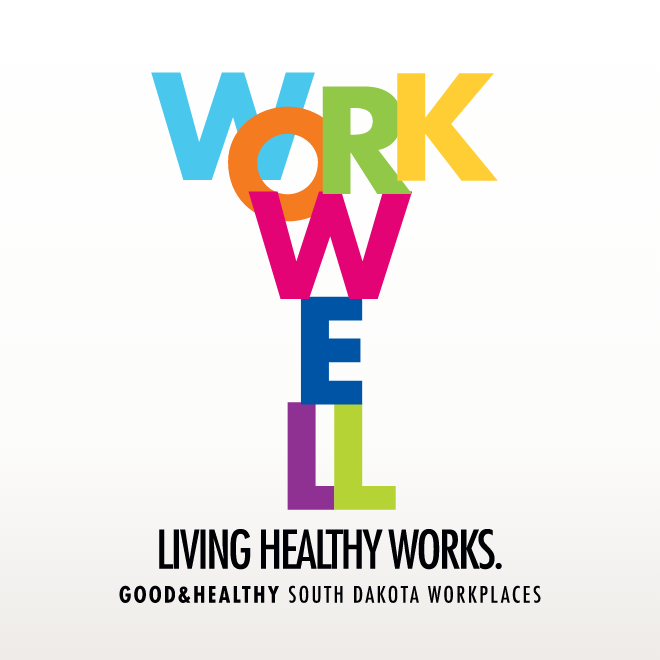
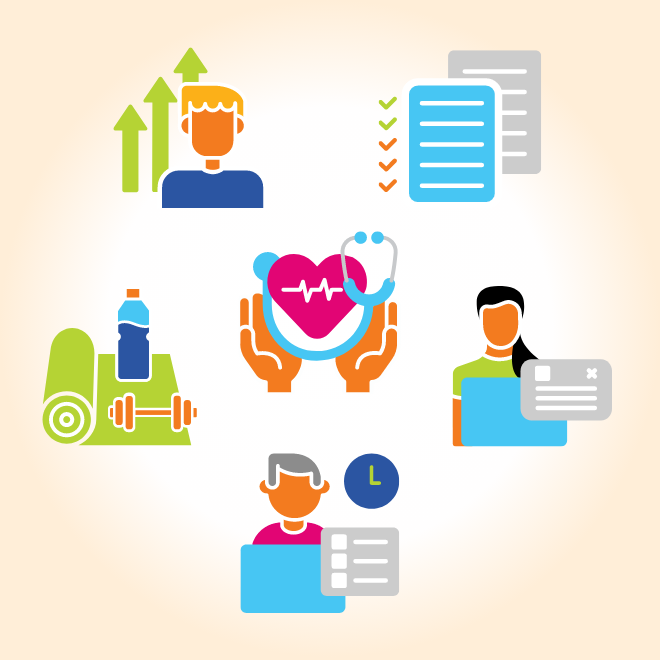


Working out with a stability ball is a cool way to exercise. It strengthens your core muscles (abdomen, chest, back), which can improve posture and balance.
What’s New?
As April blossoms with the promise of spring, we turn our attention to a fruit that adds some zing to our culinary creations and brightens our days with its vibrant flavor – the lemon. Known for its tangy taste and versatile uses, lemons are not just a kitchen staple; …
Have you ever noticed that your mood is often better on a bright, sunny day? It’s not just that gray is a more depressing color than blue, there’s science behind it! Sunlight actually does support your
As March unfolds and the promise of spring beckons, our attention turns to a colorful, crunchy and nutritious vegetable – the bell pepper. These versatile gems come in an array of hues, each offering a unique flavor profile and a variety of health benefits.
Colorectal cancer is the third most common cancer worldwide, and the second leading cause of cancer-related …
